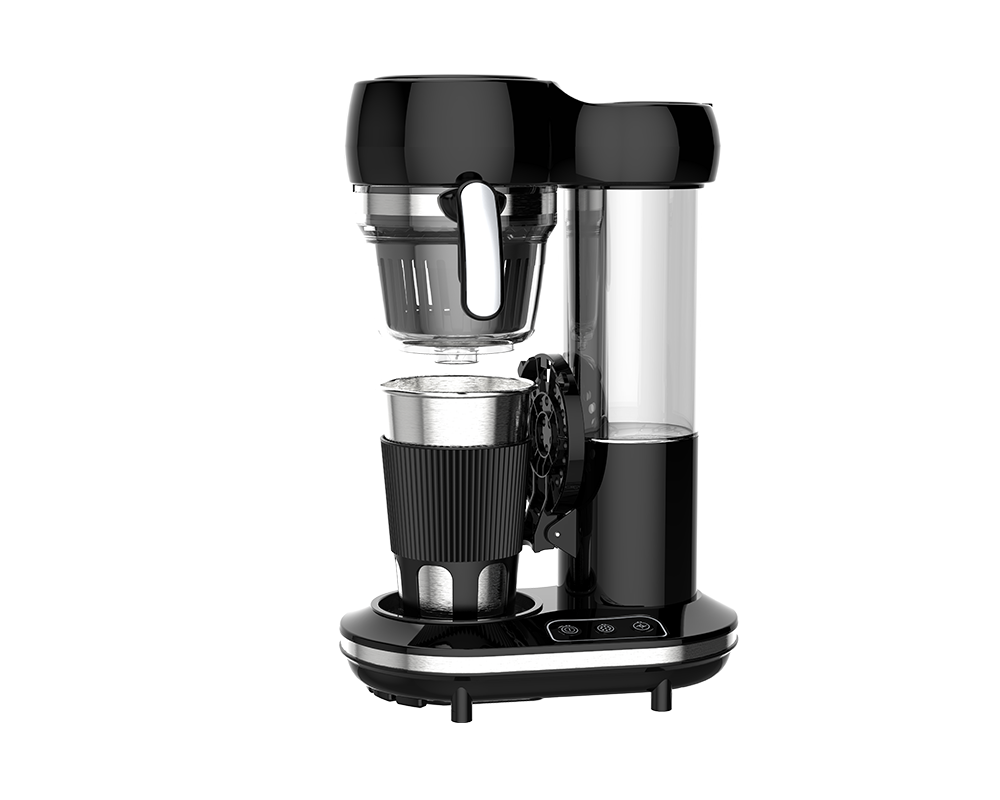DESCRIPTION:
- Joymi Products Are Compliant With A Wide Range Of Certifications, Including ISO9001 And BSCI For The Company, And ETL, FCC, CE, CB, GS, EMC, LVD, ROHS, REACH, And LFGB For The Products. These Certifications Ensure The Highest Standards Of Quality, Safety, And Ethical Manufacturing Practices.
- We Have The Capability To Meet Different Countries’ Standards, Such As KC, PSE, SASO, UKCA, And Others. This Ensures That Our Products Are Suitable For Various Global Markets And Meet The Specific Requirements Of Each Country.
- We Offer Flexible Voltage Options To Accommodate Different Regions. Whether It’s The Standard 220-240V At 50/60Hz Or 120V/60Hz, We Can Also Fulfill Special Voltage Requests To Meet Specific Needs.
- Brewing Time: The Brewing Time Can Vary Depending On The Coffee Maker And The Desired Strength Of The Coffee. Generally, It Takes A Few Minutes For The Water To Pass Through The Coffee Grounds And Complete The Brewing Process.
- Water Level Indicator: To Ensure Accurate Water Measurement, Some Coffee Makers Have A Water Level Indicator On The Reservoir. This Helps You Determine The Amount Of Water Required For The Desired Number Of Cups.
- Brewing Pause: Some Models Include A Brewing Pause Feature, Allowing You To Temporarily Pause The Brewing Process And Pour A Cup Of Coffee Before It’s Complete. This Feature Can Be Useful When You Can’t Wait For The Entire Pot To Brew.
Cleaning And - Maintenance: Regular Cleaning And Maintenance Are Important For Optimal Performance And Longevity Of The Coffee Maker. This Typically Involves Cleaning The Filter Basket, Carafe, And Other Removable Parts, As Well As Descaling The Machine Periodically To Remove Mineral Buildup.
- Additional Functions: Depending On The Model, The Coffee Maker May Offer Additional Functions Such As A Built-In Grinder For Grinding Fresh Coffee Beans, A Hot Plate To Keep The Brewed Coffee Warm, Or A Frothing Wand For Creating Milk-Based Coffee Beverages Like Lattes Or Cappuccinos.
- Safety Features: To Ensure Safety During Operation, Some Coffee Makers Have Safety Features Like An Automatic Shut-Off Function That Turns Off The Machine After A Certain Period Of Inactivity Or When The Brewing Process Is Complete.
- Customization: Drip Coffee Makers Provide A Degree Of Customization, Allowing You To Adjust Variables Like Water Temperature, Brew Time, And Brew Strength To Suit Your Personal Taste Preferences.
- Enjoying The Coffee: Once The Brewing Process Is Complete, You Can Pour Yourself A Cup Of Freshly Brewed Coffee From The Carafe And Savor The Rich Aroma And Flavors. You May Choose To Add Milk, Sugar, Or Other Flavorings According To Your Taste.
SPECIFICATION:
1,Brewing Capacity: Coffee Makers Come In Various Sizes, Typically Measured By The Number Of Cups They Can Brew. Common Options Include 4-Cup, 8-Cup, 10-Cup, Or 12-Cup Capacities. Cup Measurements Often Refer To 5-Ounce Cups, So Keep That In Mind If You Prefer Larger Mug Sizes.
2,Brewing Time: The Brewing Time Can Vary Depending On The Specific Model And The Desired Strength Of The Coffee. On Average, It Takes Around 5 To 10 Minutes For A Drip Coffee Maker To Complete The Brewing Process.
3,Water Reservoir Capacity: The Water Reservoir Holds The Water Needed For Brewing.
4,Heating Element: The Heating Element Is Responsible For Heating The Water To The Ideal Brewing Temperature, Usually Between 195°F (90°C) And 205°F (96°C). The Power Rating Of The Heating Element Can Affect The Speed At Which The Water Heats Up.
5,Brew Strength Options: Some Coffee Makers Provide Options For Adjusting The Brew Strength. This Allows You To Customize The Intensity Of Your Coffee By Choosing Between Regular, Strong, Or Bold Settings.
6,Control Panel: Coffee Makers Often Have A Control Panel With Buttons Or Switches For Various Functions. These Can Include Power On/Off, Brew Start/Stop, Brew Strength Selection, And Programmable Settings. Some Models May Have Digital Displays For Easier Operation And Monitoring.
7,Size And Design: Coffee Makers Come In Various Sizes And Designs To Suit Different Kitchen Spaces And Personal Preferences. Consider The Dimensions And Overall Aesthetics To Ensure It Fits Well In Your Kitchen And Aligns With Your Style.







